Cool things to do From Kaohsiung to Taipei
Last updated July 5th, 2024
Taipei is a great and vibrant city with a ton of things to do whether it’s your first visit or a regular weekend destination, but there’s honestly a lot to see outside of Taipei as well. For something a little different, I put together this Kaohsiung to Taipei itinerary that that takes you from Taiwan’s major southern city Kaohsiung, goes up the western coast and finally ends in Taipei up in the north. Since it’s me, I tried to find some more obscure and unusual things to do in Taiwan.
Currently Scoot is the only airline in Singapore that flies non-stop to Kaohsiung Airport (KHH), but even if you choose to fly into Taipei instead, Kaohsiung and Taipei are just 2 hours apart by High Speed Rail, so you don’t have to transit through KHH if you prefer not to.
This #TaiwanderingWithScoot post and video were created in partnership with who challenged me to uncover the lesser-known sights that you can find in Taiwan. Scoot flies to Taipei several times a day and 4 times weekly to Kaohsiung, so consider an Open Jaw multi-city route so you can spend more time exploring Taiwan thoroughly. See all my Taiwan collaboration posts with Scoot.
Kaohsiung 高雄
As Taiwan’s 2nd major city, Kaohsiung is a great base to fly into if you want to focus your travels on the southern coast of Taiwan, or swing over to Taitung in the southeast. Getting around is also pretty easy – I love how convenient the Kaohsiung airport is as it is located on Kaohsiung’s MRT line.
Eat some (ice cream) dogs
You might have seen the viral videos on the internet about a cafe in Kaohsiung that sells some of the most realistically furry looking dogs made out of ice cream? I found my way down to J.C co Art Kitchen 藝術廚房* in the Gushan district of Kaohsiung to try out the puppy dog ice cream 狗狗冰淇林 for myself.

It takes 5 hours to make a single dog, so only 100 are produced every day and delivered to the restaurant every morning. There are 3 ice cream dogs and flavours available – Chocolate (Sharpei), Peanut (Pug) and Milk Tea (Labrador). I was tempted to eat all 3 but decided to settle for the milk tea labrador pup.
Interestingly, my IG audience was surprisingly squeamish about this experience: half of them said they wouldn’t eat it because it ‘looked cruel’, which attests to how realistic they look, or perhaps how much people just love dogs. My issue was more about feeling bad for destroying such a piece of art, but it’s pretty clearly food to me, though I will admit to starting from the back legs because I felt bad about gobbling up its face.
Warning: if you don’t want to see some mangled ice cream dogs, skip to the next section quickly. My verdict? The ice cream is pretty frozen at first so you’re not getting super soft creamy textures, but the milk tea version tasted good and one dog is surprisingly filling.

The ice cream dogs are the most popular thing on the menu right now, but they do serve up some pretty interesting pasta and have a gelato counter. The cafe is beautifully decorated with these cage-like structures and lots of indoor plants, and the cafe has a lovely ambience that’s worth checking out.
How to get there: 1st Floor, No. 3, Lane 564, Dafeng Road No. 2, Sanmin District, Kaohsiung 807高雄市三民區大豐二路564巷3號1樓. Open 11am – 7pm on Saturdays and Sundays
*When I visited in Sep 2018, the cafe was located at 71 Wenbin Road in the Fengshan District. That premise has since been taken over by another cafe called BT Butterfly Cafe BT蝴蝶餐廳 who no longer supply the ice cream dogs at their cafe. J.C Co Art Kitchen now has their own premises.
Details: One ice cream dog costs 188 NTD or about S$8. The dog is roughly the size of an adult woman’s hand.
Top tip: Check out the J.C co facebook page for more updates.
Explore a street art village
Kaohsiung has a lot of street art on its walls – Pier 2 Art Centre is one of the more popular spots to check out, but my favourite spot is this residential area called Weiwuying 衛武營 in the Lingya 苓雅 district, where a bunch of local street artists known collectively as the Wallriors have turned the buildings into a giant outdoor gallery.
Read a more in-depth account of my Weiwuying street art exploration here.
Most of the works are larger than life, covering entire building facades that require some distance for you to really appreciate.
Other artworks were smaller and more more discreet, hidden down alleyways and around corners.
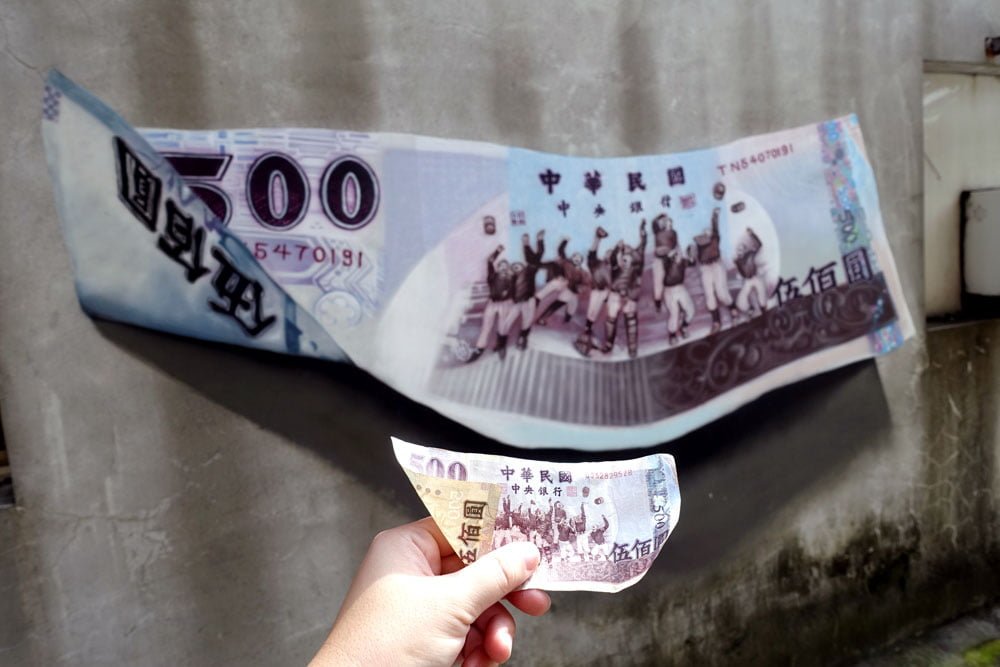
Keep a lookout for perhaps the largest street artwork in Taiwan – it’s right next to the Weiwuying MRT Station so it’s quite hard to miss, but I love this giant bookshelf by Kaohsiung native Bamboo Yang 楊惟竹.
How to get there: Take the MRT along the orange line to Weiwuying (O10) and head to Exit 5.
Details: Check out the Wallriors Facebook page for more, and click here to find a detailed map of all the street art works. If you Download the Wallriors map or look for the QR code next to some of the artworks to access the map, or just get lost and see what turns up!
Top tip: The futuristic National Kaohsiung Center for the Arts 國家藝術文化中心 was very close to completion when I visited in Sep 2018, so if it’s too hot to walk outside, detour over to this futuristic building with lots of sinuous lines and enjoy some arts performances in southern Taiwan’s first national theatre. It is attached to a nice park for a stroll in the late afternoon.
Tainan 台南
Most people come to Tainan purely to eat because it is renowned for having some of the best street eats in Taiwan, but I ended up discovering a lot of interesting natural attractions all around this area.
Go glamping in a mangrove swamp
The last time I was in Yilan I stayed in the cutest room with tents for beds, but this time I was determined to get a little closer to the great outdoors. I found myself headed towards the Beimen 北門 district to a pretty remote area by the coast called Shuangchun 雙春 where I went glamping at a holiday resort called Vanaheim 愛莊園
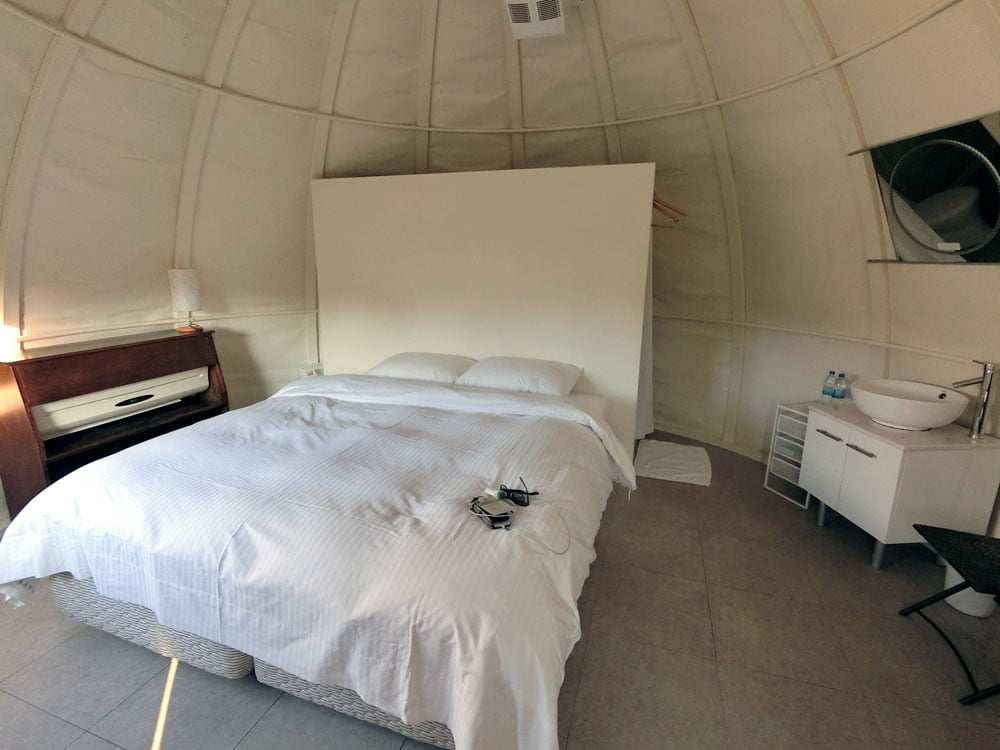
Nature lovers and families will love the quiet location, with a picturesque row of domed-shaped glam tents facing the mangrove forest – I arrived in the late afternoon just in time for a quick stroll through the mangrove forests. Then it was a short walk to the beach where I enjoyed a lovely sunset that evening.
There is nothing else nearby this resort other than a whole lot of farmland, so the resort organises some free daily activities to keep guests occupied. The free nightly activity is a walk with a local guide on the beach to catch some sand crabs with a bright torch and a net with a long pole – we caught them for sport and let them go after.
Our guide then showed us to the room that is normally reserved for wedding shoots where they had set up a huge KTV system – I was with 4 other Taiwanese folk that night and it was kinda fun just singing away our evening.
The next morning after breakfast, we hopped onto a riverboat and took a slow cruise around the mangrove area, learning a little about how the different mangrove plants and animals, and how mangroves help to protect the coastline from typhoon damage. There were so many birds here! I really enjoyed this mini getaway from city life.

How to get there: 73-10 Shuangchun, Beimen District, Tainan City 727台南市北門區雙春73-10號
This place is seriously remote, so having your own transport is definitely the best way to get here. I hitched a ride from a kind couple on the way out. You can take public transport if you have more time but it involves a lot of stop changing:
- From the Chiayi HSR station, transfer to the THSR Shuttle Bus 7211 towards Chiayi Park or the BRT 7212 and stop at Chiayi TRA Train Station – this takes around 30 minutes
- Take the TRA train from Chiayi to Xinying Train Station – this takes 15-20 minutes
- The Xinying bus station is right across the street from the train station. Hop onto the Xinying Zhong 1 bus 新營客運綜一線 and stop at the final stop Shuangchun – this should take about an hour.
Alternatively, the lazy way which is what I did because I was short on time was to take a 40-min taxi ride from Chiayi HSR station that cost me about 900 NTD. You could find your way to Xinying train station so the cab fare is less expensive.
Details: I stayed in a Deluxe double 星光豪華雙人 tent that came equipped with a bed underneath a skylight, attached shower with toilet and air-conditioning. It cost me 2,280 NTD (about S$101) per night, which I think is not bad for a couple, but you can go very budget by staying in empty tents (with no beds, shared toilets) for as low as 700 NTD per night, or larger family rooms that sleep 4 for 3,000 NTD per night.
Prices are higher on weekends and public holidays. The price includes breakfast, boat ride and the night activity. I made my reservation via their Facebook page and made arrangements to pay the full amount upon arrival (cause it didn’t make sense to do an overseas bank transfer for the deposit). This easytravel page that they sent over had more useful pix and availability than their FB page, and you can book through it as well.
Top tip: Bring your own dinner to save a little bit of money or be prepared to pay for dinner in-house as there is absolutely nothing in the nearby vicinity so it’s not like you can just pop out for a meal. Some other nearby sights you can consider checking out include the Beimen salt fields and the Budai High Heel Church.
Looking for cheaper options? Check out some of my favourite luxury hostels across Taiwan – I stayed at Caoji Book Inn in Tainan and absolutely loved it.
Soak in rare mud hot springs
Taiwan has an abundance of hot springs, but did you know that the different geological conditions of each area result in differing types of spring water? One of the rarest hot springs in Taiwan is in Guanziling 關子嶺, a small mountainous village area at the peak of Zhentou Mountain near the border with Chiayi. The water here is alkaline and mud-based, the only such hot spring in Taiwan and just one of three in the entire world.
My cab driver took me to King’s Garden Villa 景大渡假莊園, a hot spring hotel that is quite popular with visitors with a whole European inspired cottage vibe. There are rooms but I only spent a few hours here using the spa facilities.
The water looks kinda murky and dirty because of the mud but is said to be very good for the skin, so I dutifully slathered some onto my face. The outdoor spa area was quite busy, and there are several pools of different temperatures to try out, and even some with different ‘ingredients’ like a black tea bath. There are lots of spots to lie down and chill out throughout the spa, as well as those skin-nibbling fish if you fancy a fish spa.

Along the way down from Guanziling, I stopped to see something called the Fire-water Union or 水火同源. This phenomenon looks like there is a flame perpetually burning on top of a small spring, the result from the perpetual emission of methane gas from the ground. Manage your expectations – the flame isn’t very big but it’s an interesting stopover en route to Guanziling and there are several eateries around here if you want to stop for a break.
How to get there: 56 Guanziling, Baihe District, Tainan City 732台南市白河區關子嶺56號. Open everyday 9am – 10pm.
From Chiayi HSR station, take the local TRA train to Xinying Station. I hopped on a taxi that took me from Xinying to King’s Garden Villa Hot Springs for 600 NTD, but you can take a bus which is much cheaper.
Details: King’s Garden Villa has a bunch of different spa options. The open-air public access spa cost me 480 NTD to enter (S$21, weekend price), but they also have Japanese-style (naked!) pools that cost 330 NTD and private bath options that start from 800 NTD for 1 hour.
Top tip: Bring your swim cap – it’s mandatory that you wear one, otherwise you have to buy one for 70 NTD at the door.
Support the local arts scene
I love a good cultural park and Taipei has several like Huashan 1914 and Songshan Cultural Centre that you can check out here. Southern Taiwan has its own spots, and I really enjoyed the Ten-Drum Rende Cultural Village 十鼓文化村 that I visited in Tainan’s Rende district.
Occupying a massive 7.5 hectares, the park is run by the Ten Drum Percussion Group, who took the old abandoned Qiaotou Sugar factory and turned it first into a practice spot where they could drum away without disturbing their neighbours. They later developed into a full-fledged cultural park where they hold regular performances and a lifestyle spot with various activities.
I love how they kept the industrial look and feel of the place without it becoming too commercially hipster-fied. Wandering around the compound reveals surprises around every corner, and I could easily spend a few hours just pottering around and snapping great photos.
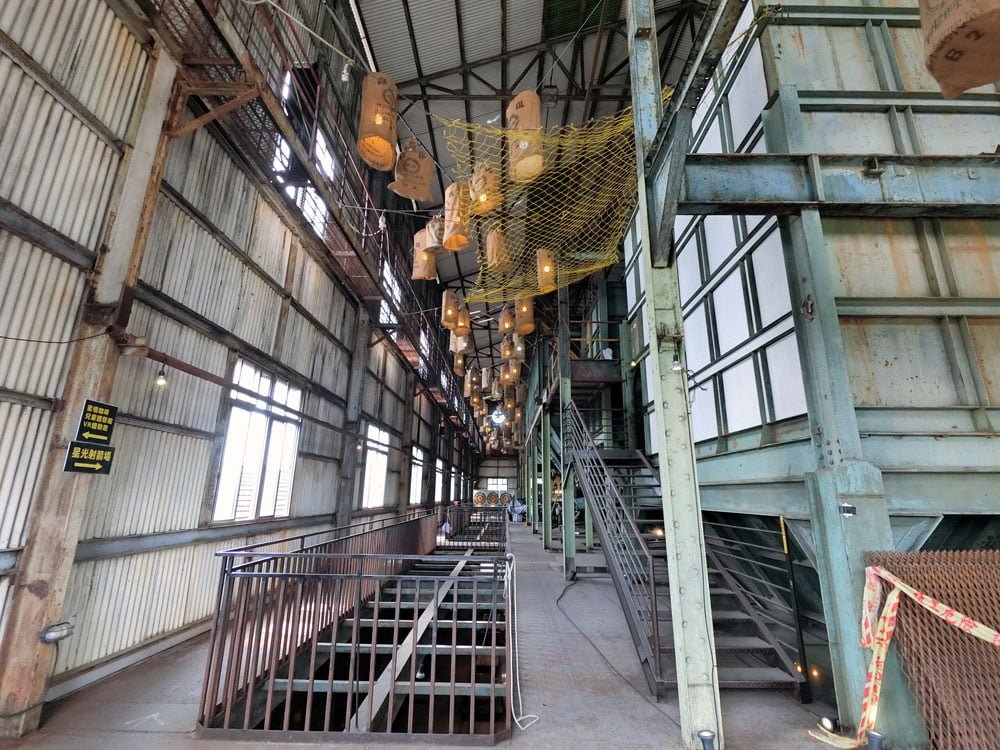
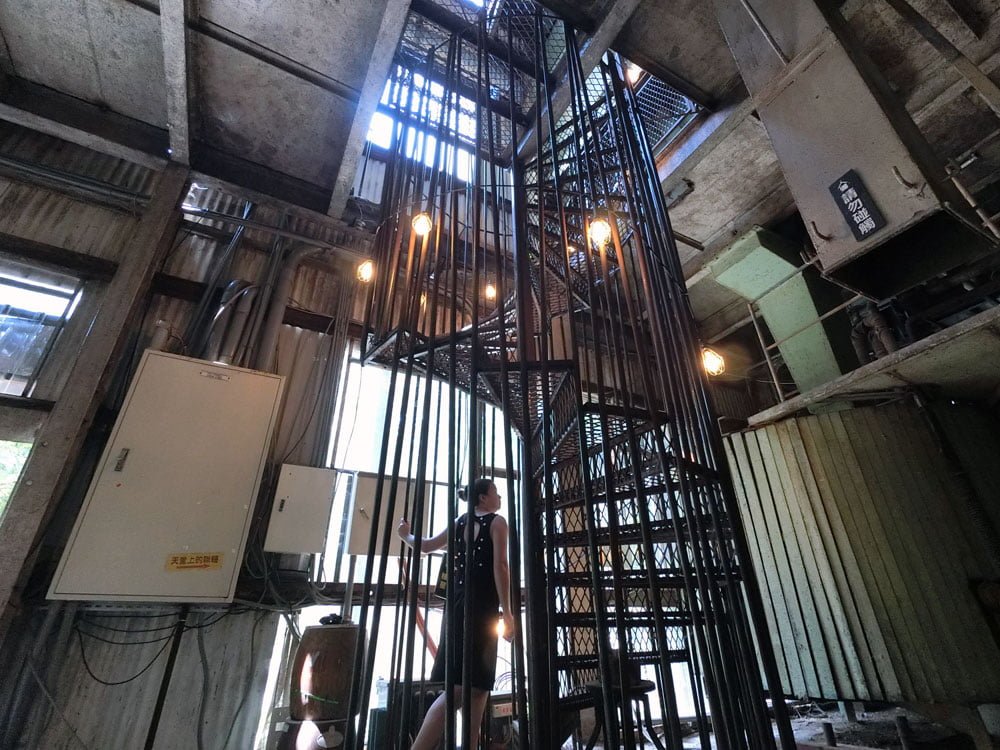
This cultural park is definitely geared towards the younger more active type of audience as there are lots of fun activities to do here, from giant slides and a rooftop swing to a fake bungee drop (for just 100 NTD! Much cheaper than the actual bungee jump I did in Taoyuan). Also spotted – an archery range and a rock wall and several great viewpoints.

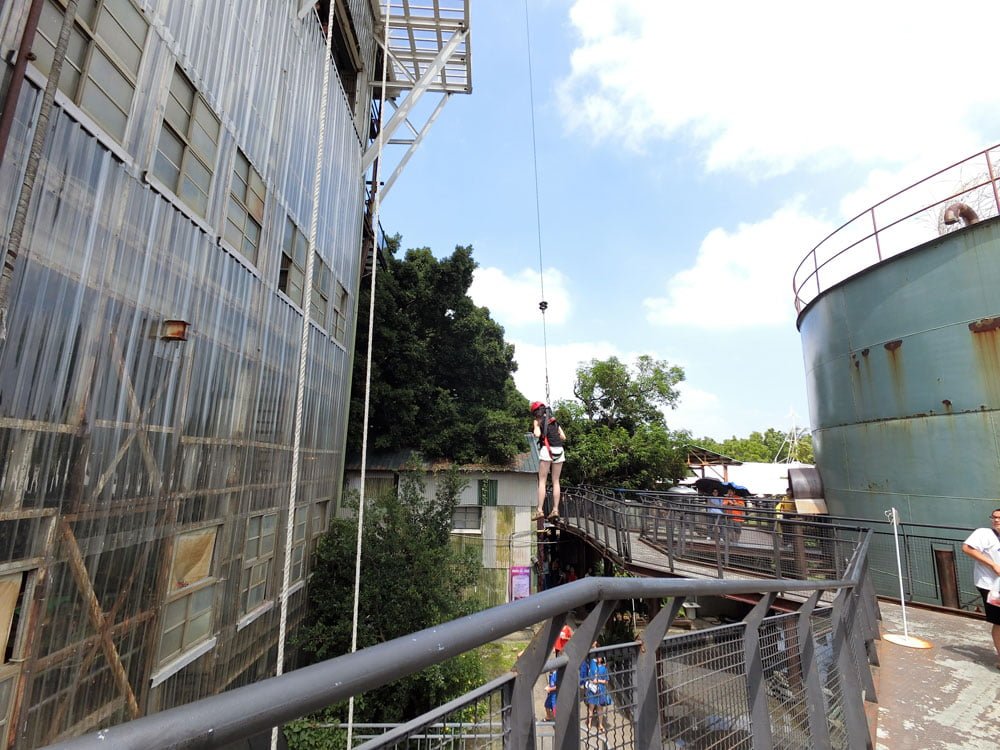
How to get there: 326 Wenhua Rd, Sec 2, Rende; 仁德區文華路二段326號. Open every day 9.30am-5pm
Take the local TRA train from Tainan City to Baoan 保安 station. From there, you can walk 15 minutes to the Ten Drum Centre or grab a bicycle/scooter/taxi if you’re too lazy. There are shuttle buses that go to both Baoan and Tainan City stations as well. It’s right opposite the more well known Chimei Museum 奇美博物館, the private museum with one of the largest violin collections in the world.
Details: Check out the Ten Drum website for more. Entrance into the park is usually 399 NTD but I paid 350 NTD for adults after a 10% discount for foreign visitors. Some of the activities cost a little extra.
Top tip: Time your arrival just before the performances at 1030am and 3pm, where the Ten Drum troupe shows off their drumming skills on a cool industrial stage.
BONUS: Play the giant Gacha machine
Look out for this giant gacha machine by M.e.me Ball in Tainan not far from the Tainan train station. It costs 100 NTD (S$4) for a chance to spin the wheel, and if you are really lucky, top prizes include international plane tickets as well as electric scooters! I was less lucky and only managed a chomping crocodile toy…
How to get there: 152 Weimin Street (empty plot), Central West District, Tainan City 中西區衛民街152號空地
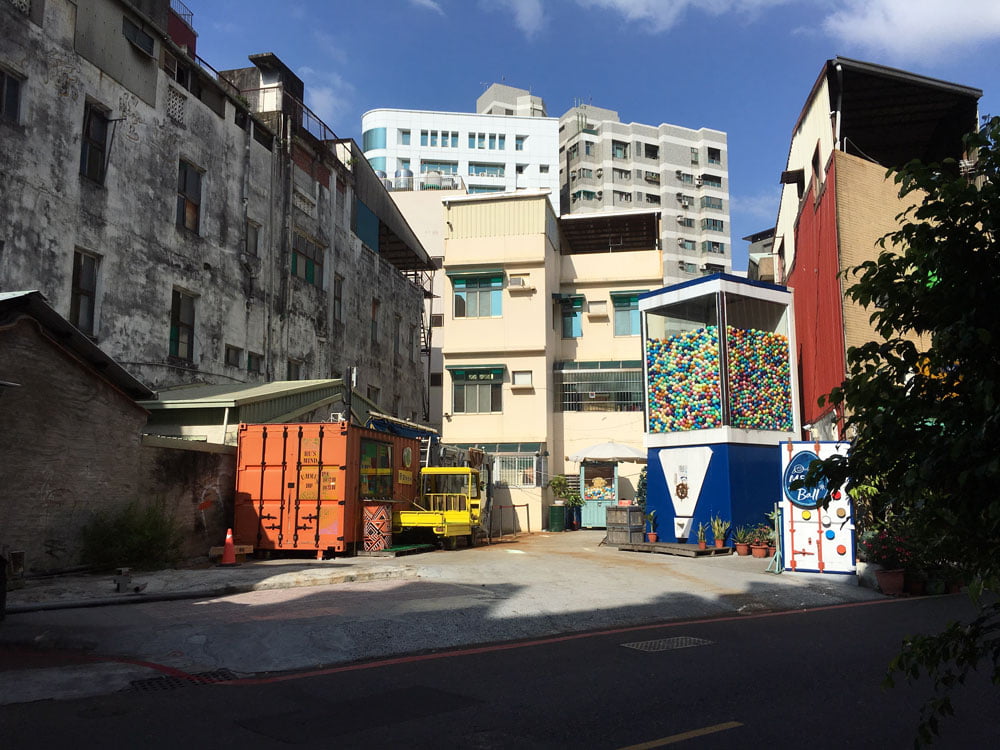
Taichung 台中
Taichung is one of the largest and fastest growing states in Taiwan – locals consider it one of the best places to live in Taiwan thanks to a milder climate and the convenience as a major hub in the central part of Taiwan.
Freedive in the world’s first diving hotel
I’m an avid scuba diver, so I was very curious to check out the world’s first diving hotel in Taichung. DiveCube is a hotel with its own 21m deep pool where you can learn how to scuba dive or free dive right in the middle of a building in the city.
I signed up for a Freediving discovery session where I learned how to dive with just a single breath, learning some techniques to saturate my lungs with more oxygen and how to trick your body into not panicking. I even tried diving down a 7m rope in one breath, which was an experience in itself.
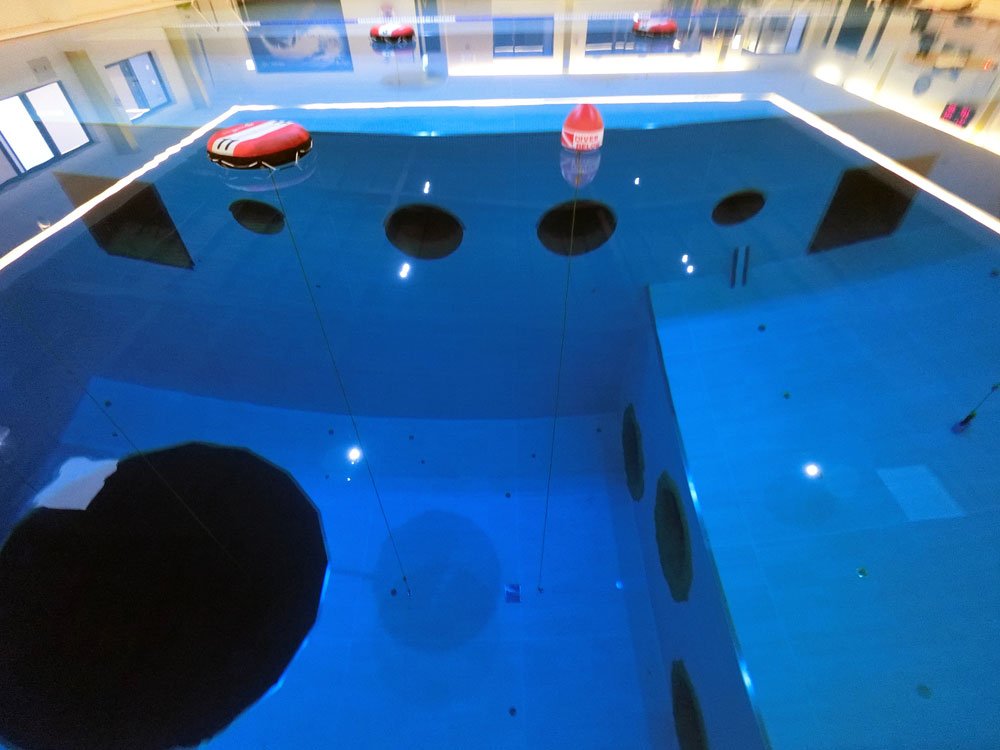
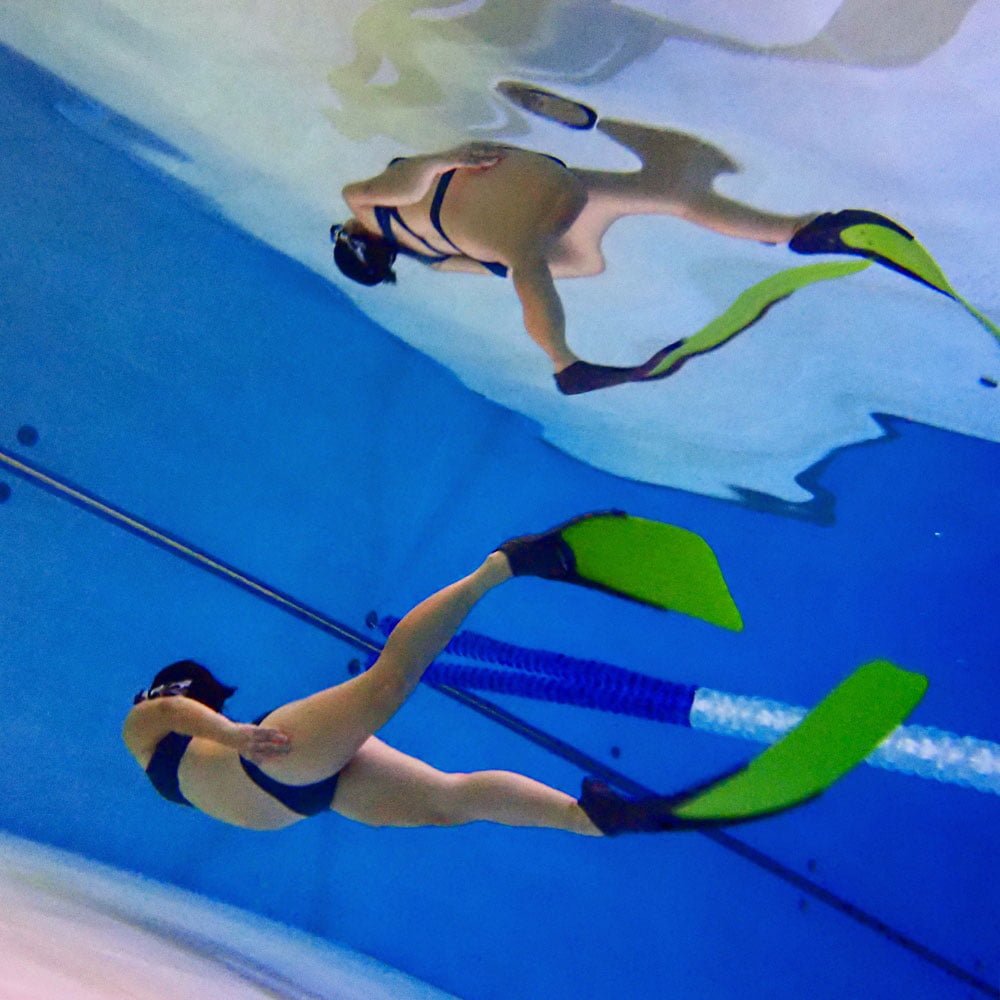
I did a session of scuba diving as well and got to explore the deeper bits of the pool where they have created some fake caves and an artificial sunken ship (look for the secret chamber!) that you can poke around in. It’s kinda fun for photos and newbie divers, but ultimately the place isn’t very large and the novelty wears off quickly for seasoned divers.
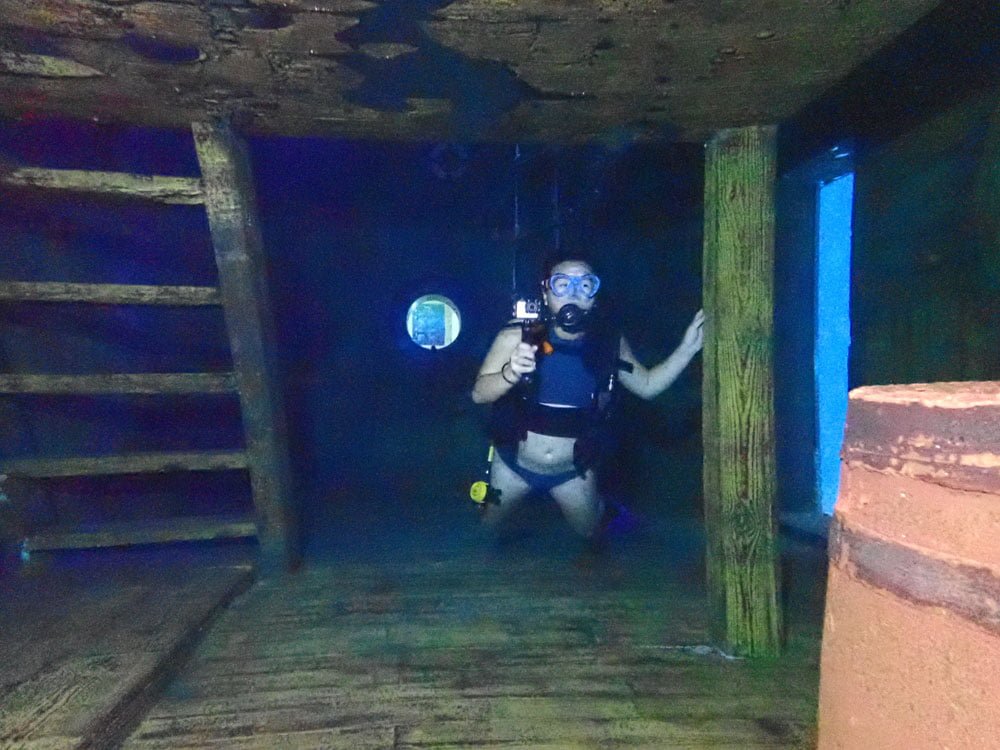
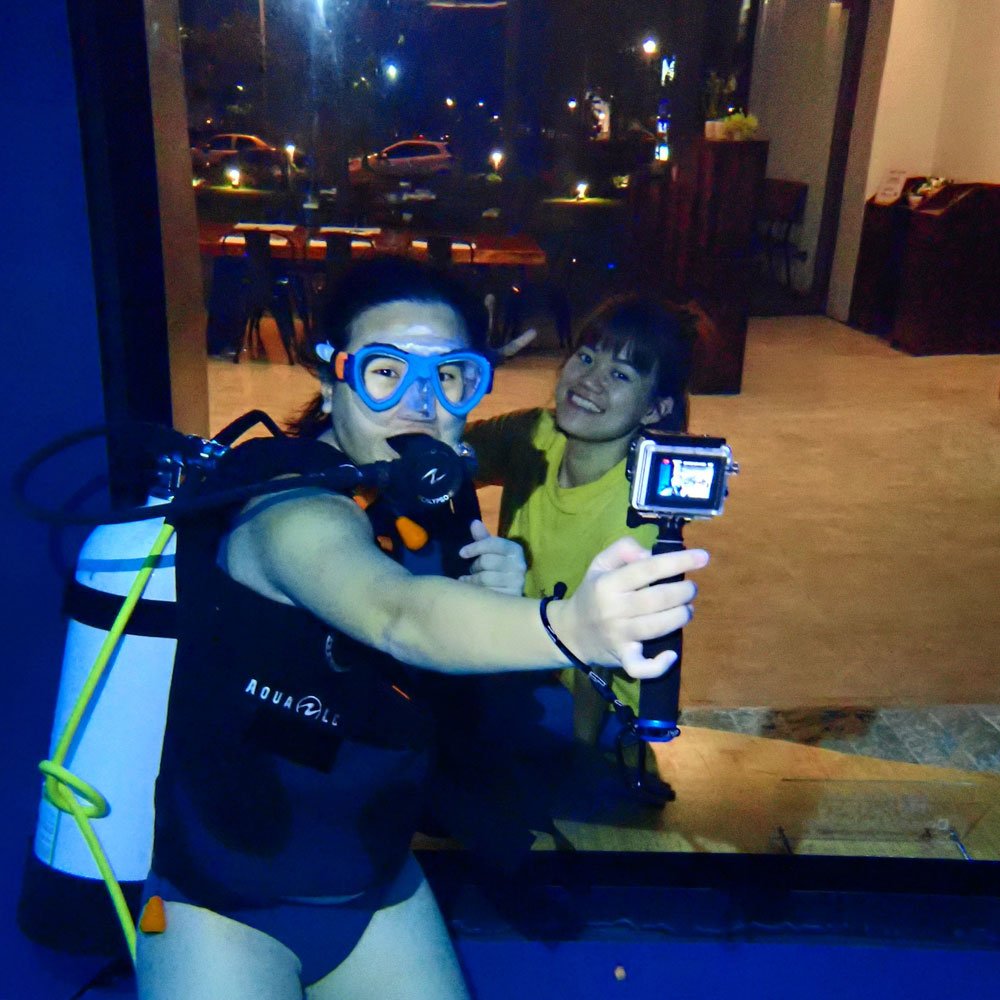
I’d recommend DiveCube for people who prefer to have a more controlled environment to learn how to scuba dive and freedive in – great for people who might be a bit nervous about being in the open ocean or don’t have time to take a weekend trip. I spotted other people practising their freediving technique or doing a discovery scuba session here.
How to get there: 69 Anhe West Road, Xitun District, Taichung 407台中市西屯區安和西路69號
From the Taichung HSR Station, head to the bus stops at exit 6 and look for Bus service 161 going to Central Taiwan Science Park. Get off at Fu’an Village stop and walk – more directions here. The hotel is located in the Xitun District and seems to be in a rather residential sorta district, so you’ll have to take a bus (walk out to the main boulevard) or taxi if you want to do any sort of sightseeing in Taichung.
Details: Check out the Divecube website for more – The Freediving discovery course costs 3,000 NTD (about S$134) which includes gear and an instructor for the 1.5 hour session. I have a scuba diving license, so a 1.5 hour free session costs 1,200-1,500 NTD (S$50-65) depending on whether it’s day or night, and because I was on my own, I had to include an additional 500 NTD charge for an instructor buddy because the rules are that you can’t dive on your own.
Rooms are pretty basic – I had a single room with an ensuite bathroom (tiny shower cubicle!) and I thought it was pretty decent. The single room price is 2,200 NTD (about S$98) but I saw prices as low as 1,540 NTD on the website during off-peak days.
Top tip: the hotel staff will tell you to take a cab to get anywhere, but honestly if it’s not too late and you don’t mind a short 10min to the main Taiwan Boulevard, the 300-something buses are great for getting you to the central district. Google maps has quite an up to date bus stop list for Taichung’s buses, and rides are free if it’s within 10km! Taichung bus guide also looks useful for English speakers.
A disclaimer that the hotel gave me a small discount in exchange for writing about them.
BONUS: Eat rainbow coloured chicken cutlets
My all-time favourite Taiwanese street food is the fried chicken cutlet, and when my foodie friend TaiwanWalker posted some crazy pix of rainbow-hued chicken cutlets on her Instagram, I knew I had to go check it out. She pointed me to this little stall called Ji Pa Ben Se 鸡排本色 that has outlets in Taichung and Tainan.

I checked out 2 outlets in Taichung – the first one at Jincheng 精誠 sadly was closed when I visited, so later that night I made my way to the Yongxing 永興 outlet, a tiny roadside stall that wasn’t crowded when I visited. The owner was a friendly young chap who chitchatted with his customers while he fried each cutlet.
While they do have a full rainbow range of colours available, not all the colours are available everyday and they tend to sell out of popular colours quite early. The most unusual colour I could get when I visited was the red yeast rice 紅麴 flavour.
The chicken itself was pretty good, a hefty 300g steak that was juicy and freshly fried so very yummy and sizeable. I enjoyed the red yeast flavour, but it wasn’t as weird as I thought some of the other flavours/colours might be.
How to get there: I took a combination of taxis and buses to get to both the Jincheng and Yongxing outlets. Their first outlet opened in Wufeng and there is supposed to be one at the famous Fengjia Night Market but it seems like it’s moving/renovating at this time. According to their Facebook, they have outlets in Tainan, Hsinchu and Taipei as well.
Details: Each chicken cutlet costs 65 NTD (S$2.90). If you rather something less colourful, they have different batter offerings as well, though those aren’t in radical colours.
Top tip: Each outlet has its own facebook page – it’s a pretty indie set up so they tend to announce available flavours for the day or closures on the Facebook page, so check before you go! Here is the link for Jincheng 鸡排本色(精誠) and Yongxing 鸡排本色(永興).
Miaoli 苗栗
Just past Hsinchu in the northwestern region of Taiwan is the mountainous Miaoli, mostly due to the many hills of the Xueshan range. Most come here for the Sheipa mountains, but it also has a very strong Hakka culture – make sure to eat some ban tiao, lei cha and other Hakka delicacies.
Cycle a railbike along Taiwan’s highest rail track
Constructed in 1908, Shengxing Station 勝興車站 was once the highest railway station at 402m above sea level in the mountains of Miaoli’s Sanyi 三義 township. It was part of the Old Mountain Line 舊山線 by the Japanese colonials to transport timber from the mountains. While the station is now defunct after service was stopped in the late ’80s, people still visit Shengxing station as it is a fine example of ingenious Japanese architecture – the entire station is completely made out of wood and does not have a single nail holding it together.
You can walk along the tracks, but a new fun way to explore the area is via the Old Mountain Line Railbike that was launched in July 2018. A railbike is basically a semi-motorised cart that seats 4 people, each with their own bicycle pedals that help move the cart along the railway track.
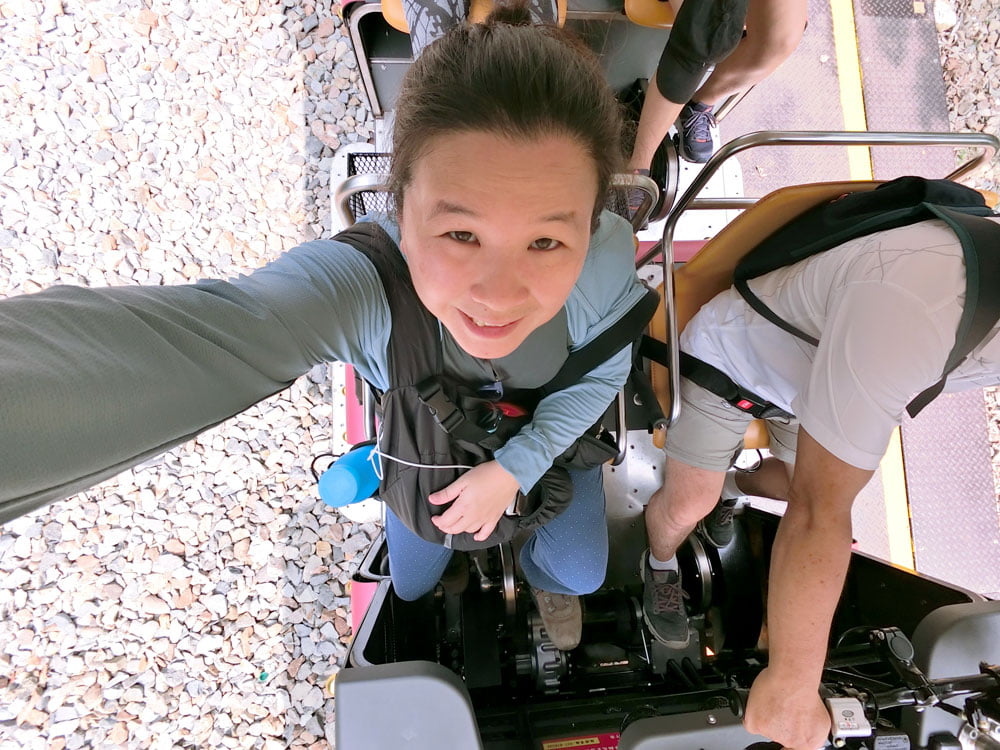
The route starts at Shengxing Station and takes you past the Longteng broken bridge and ends at the Number 6 tunnel at Liyu Lake 鯉魚潭 (there are several Liyu Lakes in Taiwan, this is different from the one in Hualien where I ate those live jumping prawns). Our ride began with a simple briefing in Chinese on the history of the area and safety, then we were shown to the waiting railbikes where I shared a railbike with 3 other Taiwanese middle-aged visitors.
Highlights along the route include a bird’s eye view of the famous Longteng broken bridge 龍騰斷橋 or Yutengping bridge, built around the same period as Shengxing Station but was damaged quite badly by the earthquakes in 1935 and 1999, and its remains are left as a monument of sorts. Also cool for photographers – the four consecutive tunnels 3-6 forms a picturesque chain.
How to get there: 89 Shengxing Village, Sanyi township, Miaoli 367苗栗縣三義鄉勝興村勝興89號.
From Miaoli HSR station, take the local TRA train from Fengfu Station to Sanyi Station for 32 NTD (you can use your Easycard). From there, you can take a free shuttle bus A from Sanyi Station to Shengxing station. It comes every 30-60minutes depending on the day/time. Alternatively you can do what I did on the way up – take a taxi between Shengxing Station and Sanyi Station for about 200 NTD.
Details: A ticket costs 280 NTD (about S$12) – There are a limited number of tickets per day, I advise buying your tickets through the website (link here, lot of useful info in English and Chinese) early especially on weekends and public holidays so you don’t get disappointed. You can turn up at the station and try buying tickets there, but it’s a matter of luck then.
There are currently 4 timeslots to choose from, where the first timeslot starts at 9am, and the last starts at 4pm (summer) or 3.30pm (Nov-Jan). Right now they only sell round-trip tickets that take you from Shengxing station all the way to the number 6 tunnel, stop there for about 20 minutes and then back to Shengxing, totalling about 90 minutes in total.
Top tip: In April and May, the Longteng bridge and Miaoli county are covered in white Tung blossoms, making it especially scenic for photographers. Spray a little repellant or cover up around the Shengxing Station – I’m pretty sure I got bitten by some sandfly like insects there!
Taoyuan 桃園
Most people only know Taoyuan as the location of the TPE Taipei Airport and barely spend any time here as they transit to their next destinations. While Taoyuan is considered to be a more industrial area because of the commercial companies and headquarters located here, nature lovers should consider the Fuxing district 復興, one of Taiwan’s few mountainous-indigenous areas that’s worth checking out.
Bungee jump off a bridge in the mountains
Did you know that you could go bungee jumping in Taiwan? I definitely didn’t know that until I came across the Taiwan Bungy Jumping Club in my research. They usually hold jumps on Saturdays out in the mountains of Taoyuan’s Fuxing District from the Baling Bridge 巴陵橋 or Dahan Bridge 大漢橋 –Deep in the mountains and part of the Northern Cross Highway, the Dahan Bridge stands 72m or a whopping 24 storeys high and straddles a clear river with a scenic waterfall nearby.
My jump was scheduled for noon at Dahan Bridge, so it was with a mixture of excitement and trepidation that I arrived at the bridge and found it bustling with fellow jumpers. Some were gearing up and getting a safety briefing on what to expect, others were helping to haul jumpers back up after their jumps. The weather was absolutely fine and the view from the bridge of the river below and the surrounding mountains was quite spectacular.
I’d already made my reservation online, so I just had to fill out some forms and make payment, get strapped into a harness and briefed on safety, and before I knew it, I was directed to the ledge where the guys in charge carefully hooked me onto the bungee cord. The harness hooked onto my belly area in the front, and after I was deemed ready, I stood up on the edge of the bridge with weaker knees than I expected, and took a couple of deep breaths to calm myself.
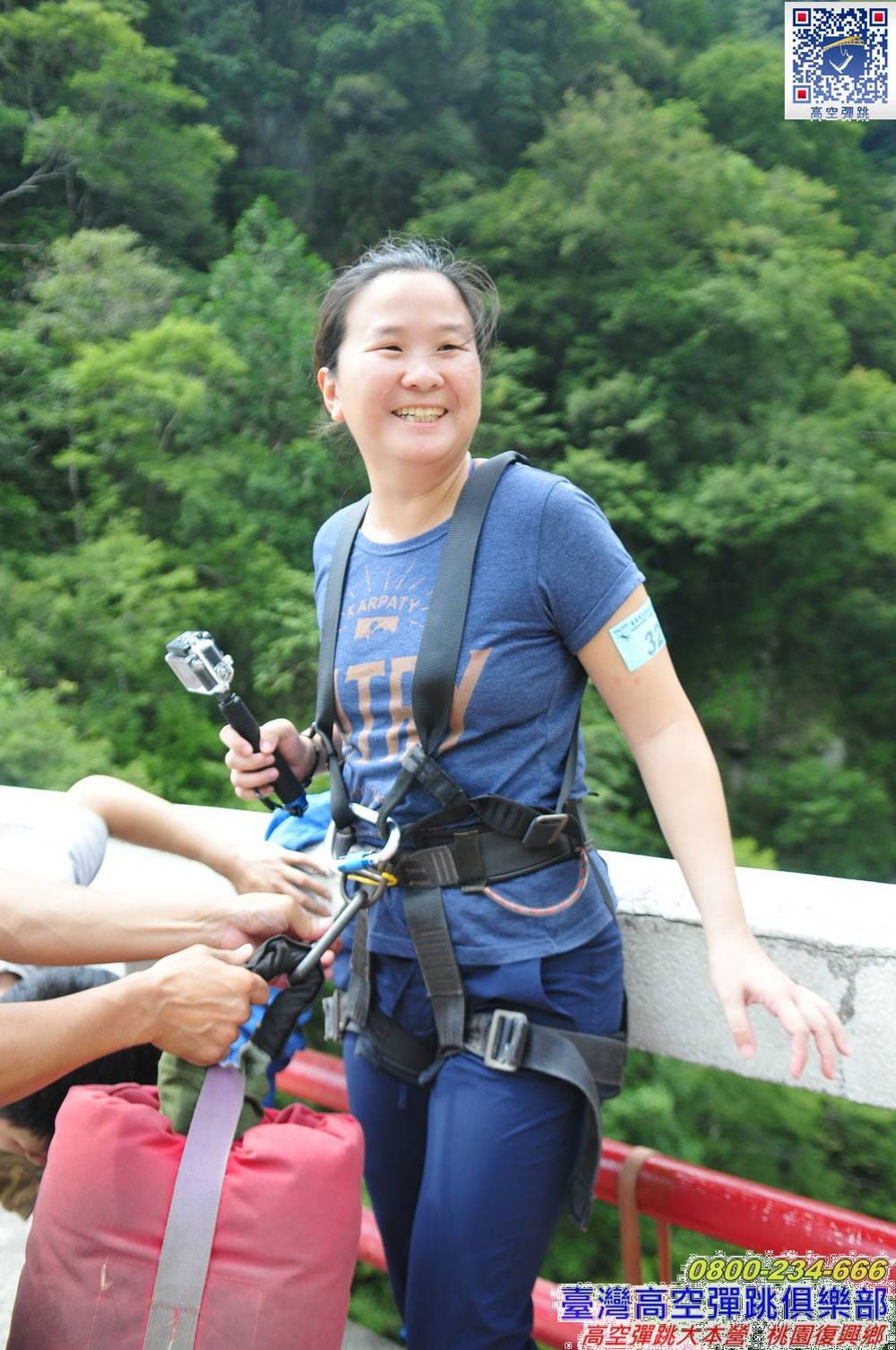
The guys counted down 3-2– and I flung myself back and plunged towards the river, screaming all the way down. I’m one of those people who goes down screaming, though I think it’s actually less scary when you’re jumping backwards instead of having to make a running jump (which is what I had to do in the past). Man, the adrenaline!
After leaping off the bridge, I spent a little while bouncing around, and enjoyed the view for a bit before I was hauled back up to the bridge. As I de-geared, I received a jump certificate and a discount to come back and jump again in future.
How to get there: No. 7 Highway (50km mark), Fuxing District, Taoyuan City 桃園市復興區北橫公路約50公里處
Fuxing is deeeeeeep in the mountains of Taoyuan, and the easiest way to get there is definitely by driving – it still takes about 2-2.5 hours to get to Dahan Bridge because of all the winding mountain roads – consider renting a car for the day or hiring a driver for the day if you rather not tackle the mountain roads.
The cab option (which is what I did) entails having the cab drive you in, wait for you (the bungy folk will kindly let you go earlier if they know your meter is running) and drive back out again. The bungy staff advised either agreeing on a fixed charge of NT$3,000, though mine left the meter running and it cost me NT$3,500 in the end.
Details: Find Taoyuan Bungy on their website or on facebook at 阿臺教練的臺灣高空彈跳俱樂部. You can drop them a note via Line @jump321 to ask questions or to make a booking. A normal jump costs NT$3,800 (about S$170) and includes a certificate, discounts on future jumps and photos that you can download from the FB page.
Top tip: If you are looking for a particularly scenic time to jump, consider November when autumn comes around the maple trees are in bloom, especially in Shimen Dam which is not too far away, or May when butterflies are aplenty.
Transport between Taipei and Kaohsiung
The easiest way to get between Taipei and Kaohsiung is by train, but the question you’ll want to ask yourself is whether to take the High Speed Rail (HSR) or the normal train (TRA). You’ll probably do a combination of both, here are some tips based on my own experiences.
The fastest way of course is by the HSR, here’s a bit of a comparison chart for you comparing times it takes to get from Taipei to Kaohsiung:
- HSR Taipei Main Station to HSR Kaohsiung Zuoying Station:
- ~1.5hrs – express HSR, bypasses smaller stations [NT$1,490]
- ~2 hrs – normal HSR, stops at all stations [NT$1,490]
- TRA Taipei Main Station to TRA Kaohsiung
- ~3.5 hours – Puyuma express trains [NT$ 843]
- ~5 hours – Tze-chiang trains [NT$ 843]
- ~7-8 hours – Chu-kuang trains which are the slowest by far [NT$ 650]
The only thing about HSR stations is that they are usually located outside the main town centre, so you usually have to take a taxi or transfer to a normal train/subway (in Taipei and Kaohsiung) if you want to get into the city centre, so some times it might not actually be faster to take the HSR.
Tips for buying tickets
If you plan to move around a lot between stations like in this itinerary, consider a THSR 3-day pass, which is great in that you don’t have to queue for tickets, and you cut queues at the gantries as you will have to enter and exit via the special gate where the staff are stationed (ALWAYS have your passport on hand as the staff check this against your pass religiously every time you enter and exit the gantry or reserve a ticket).
On non-peak times you don’t have to reserve a seat as you can easily find one in the unreserved compartments (usually the last 3-4 carriages), but on crowded days and weekends, I highly recommend queueing at the ticket counter to book a reserved seat (no extra cost!) otherwise you might be relegated to standing for your journey.
For normal trains, the good news is that you can use your Easycard to pay for tickets which is super convenient as you don’t even have to queue to get a ticket. HOWEVER, my suggestion is that if you’re travelling on the weekend and going a fair distance (e.g. Taichung to Tainan), you will want to book a reserved ticket (i.e. with a fixed seat number) either through the TRA website or queue at the station counter because trains can get very crowded, and you really don’t want to be standing/squeezing on a train for a long journey.
Get your 3 Day THSR Tourist Pass from Klook [affiliate link].
Which is your favourite region or city in Taiwan? I’ve spent quite a lot of time in Taiwan but there’s still much to see. See all my Taiwan posts and let me know where else I should be checking out.
This trip to Taiwan and blog post was sponsored by Scoot. Scoot flies to Taipei every day and Kaohsiung 4 times weekly– visit the for more. Check out the other posts from my #TaiwanderingWithScoot series.



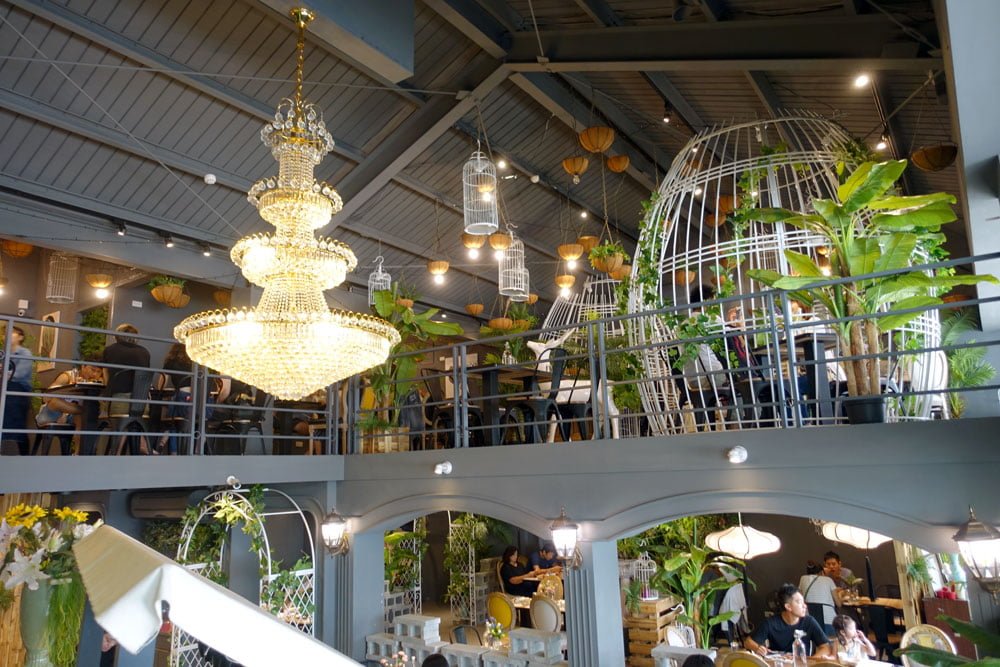

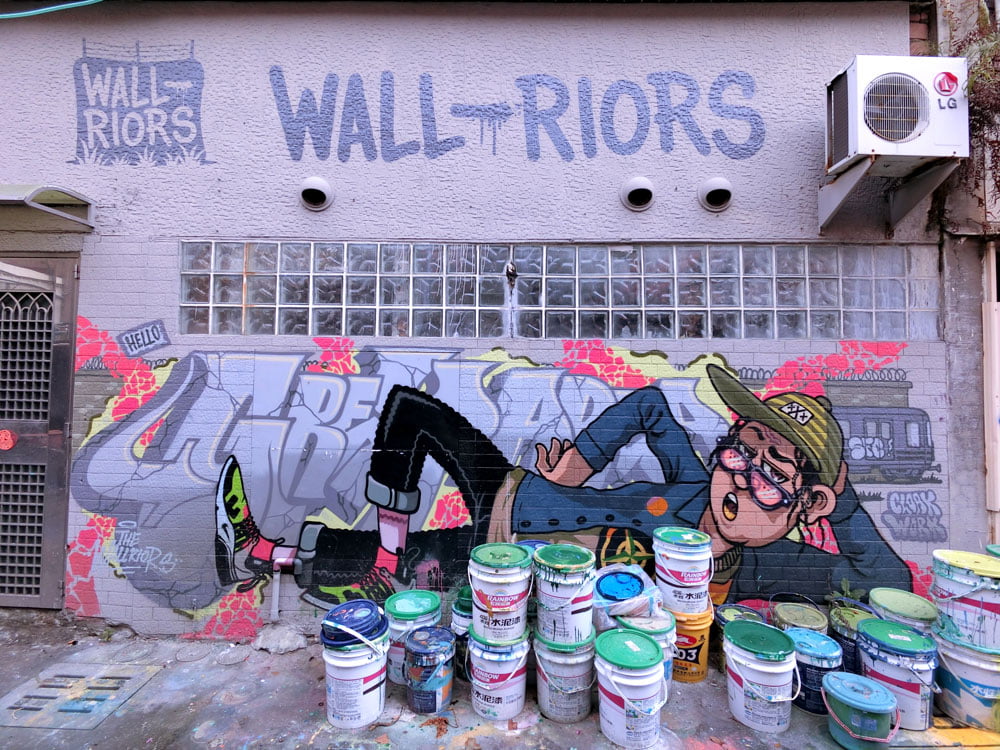




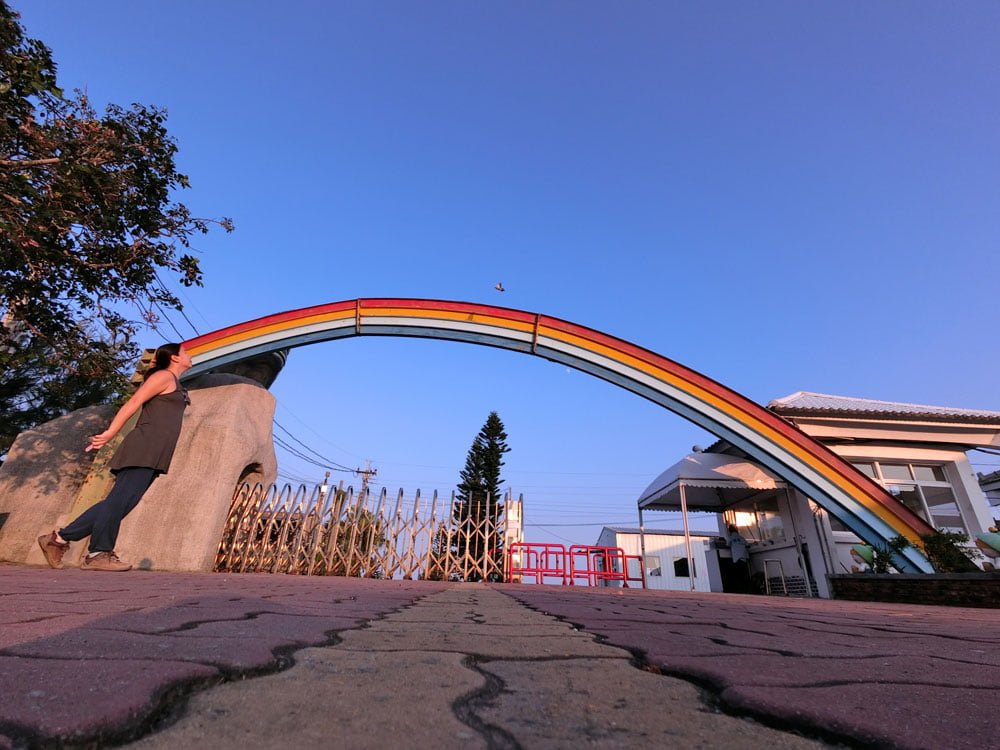






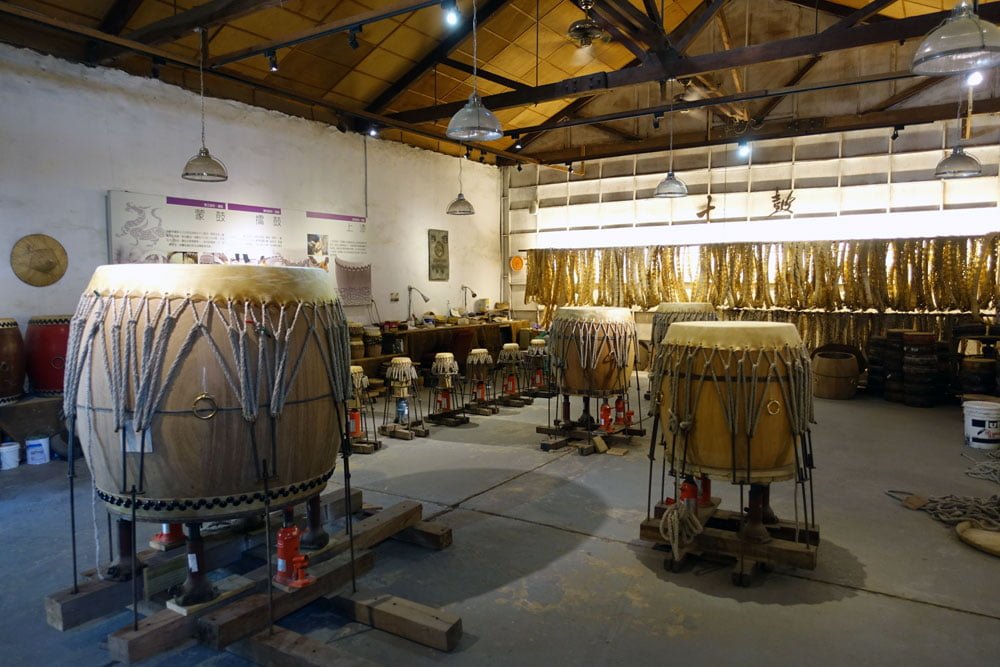
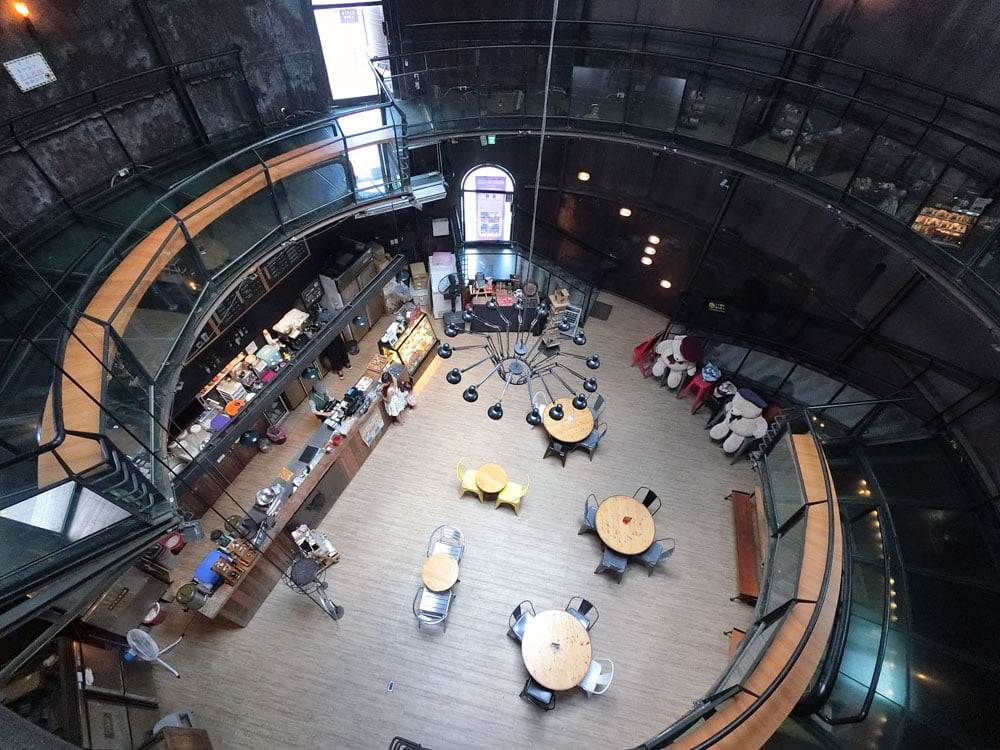
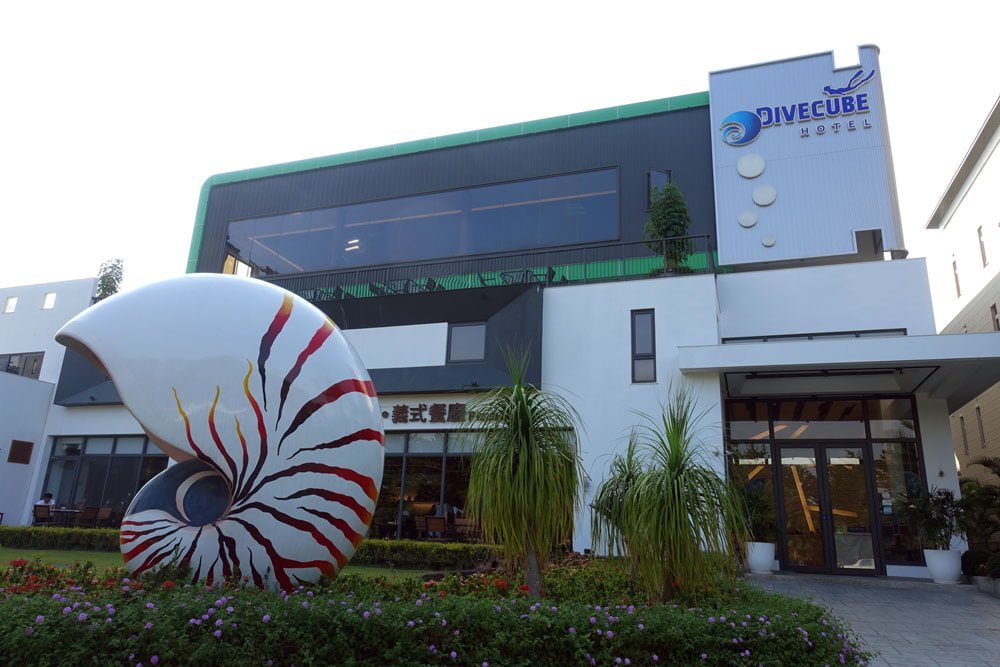

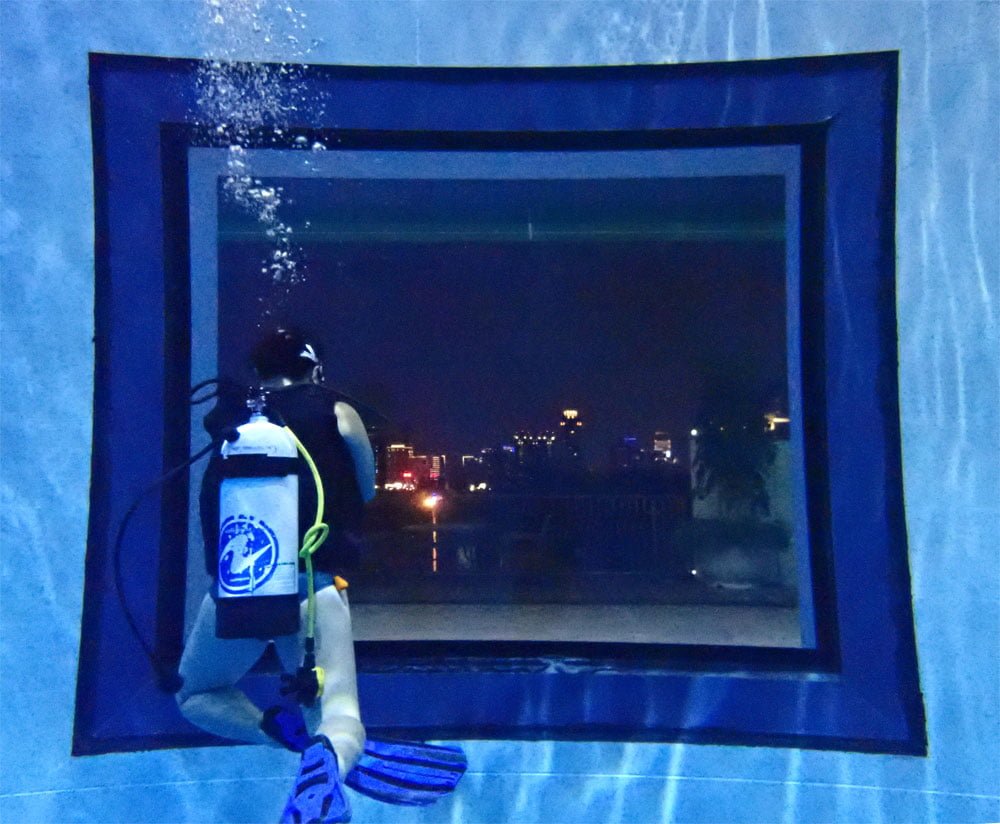

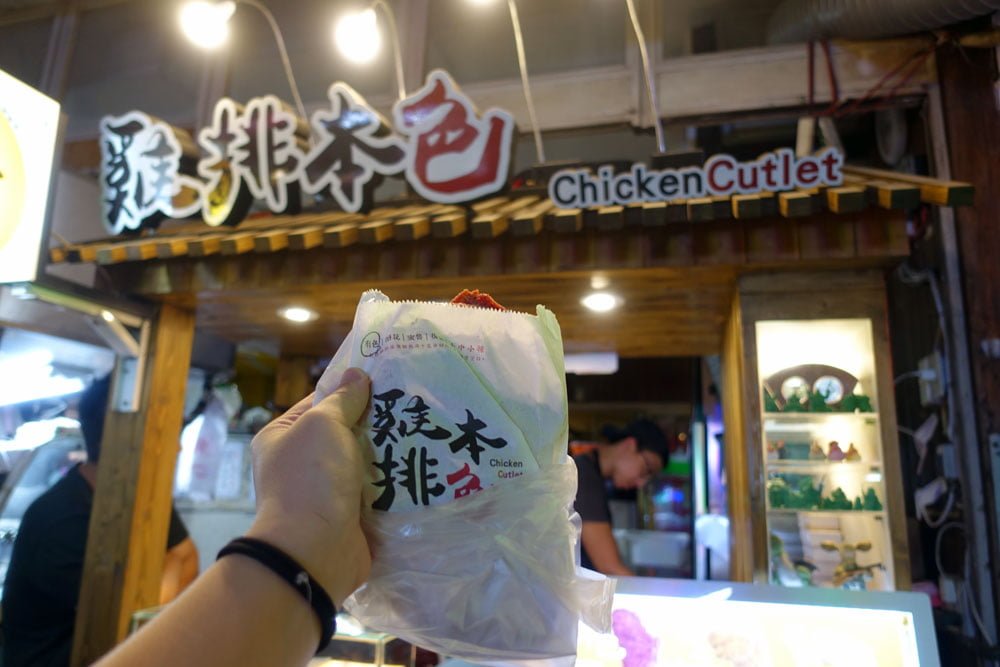
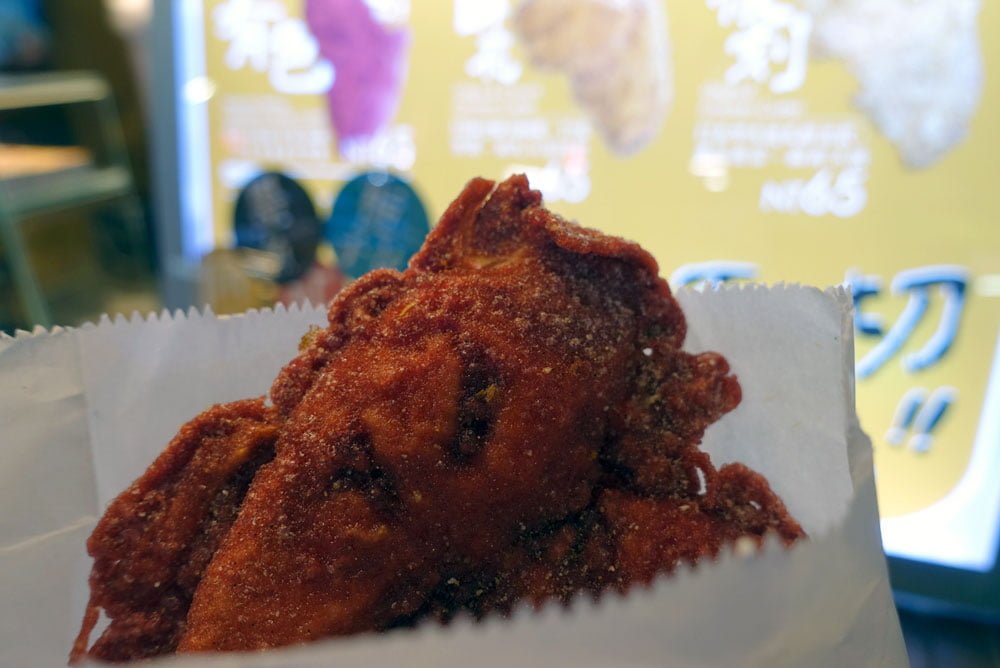

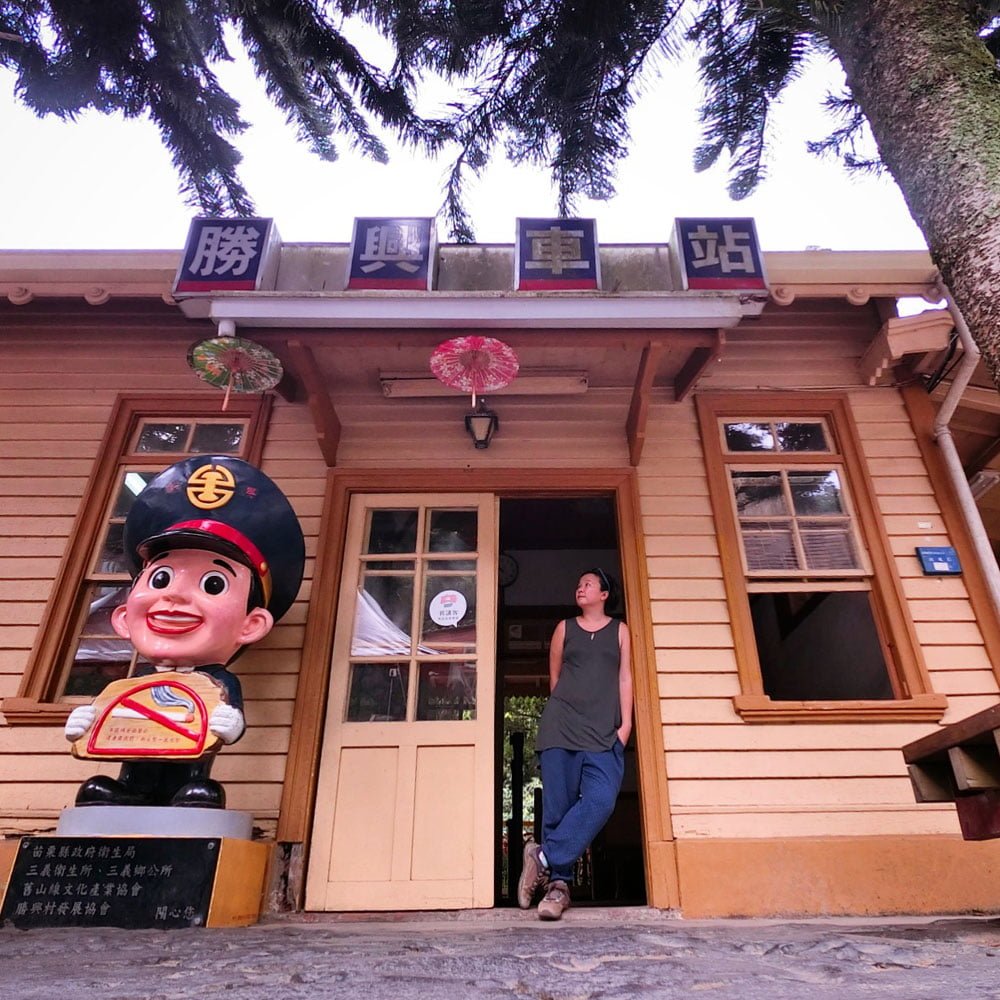


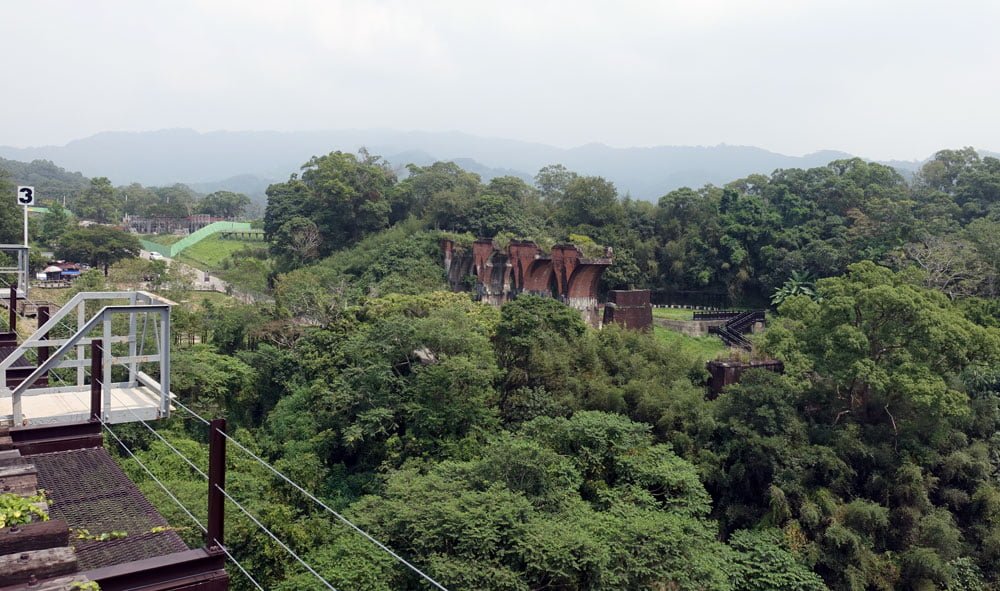

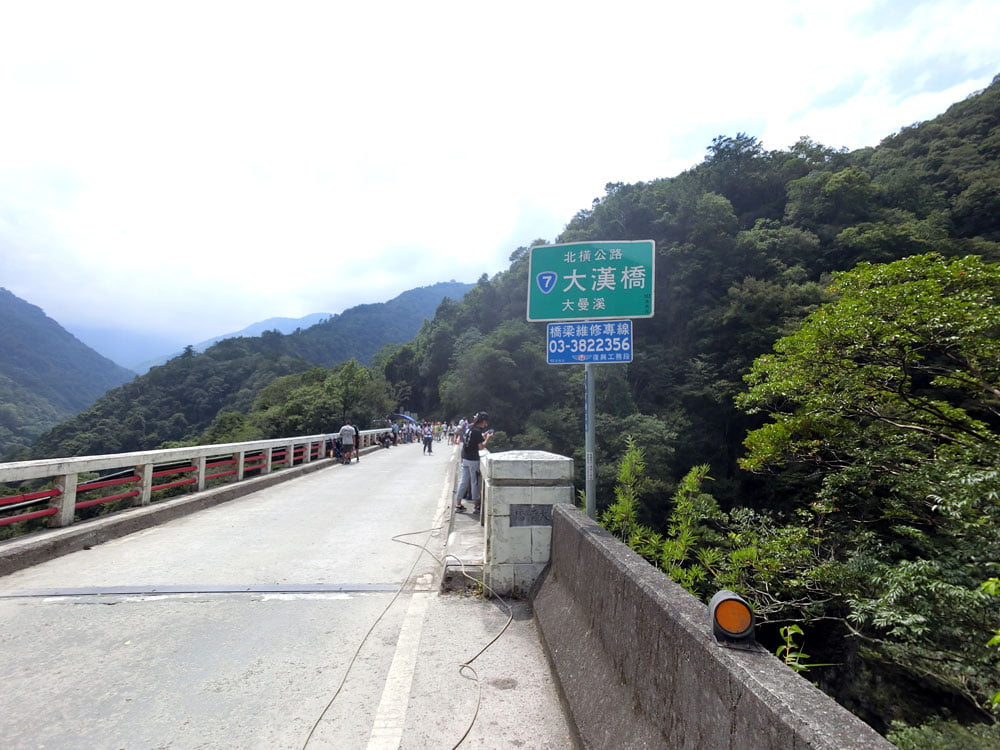

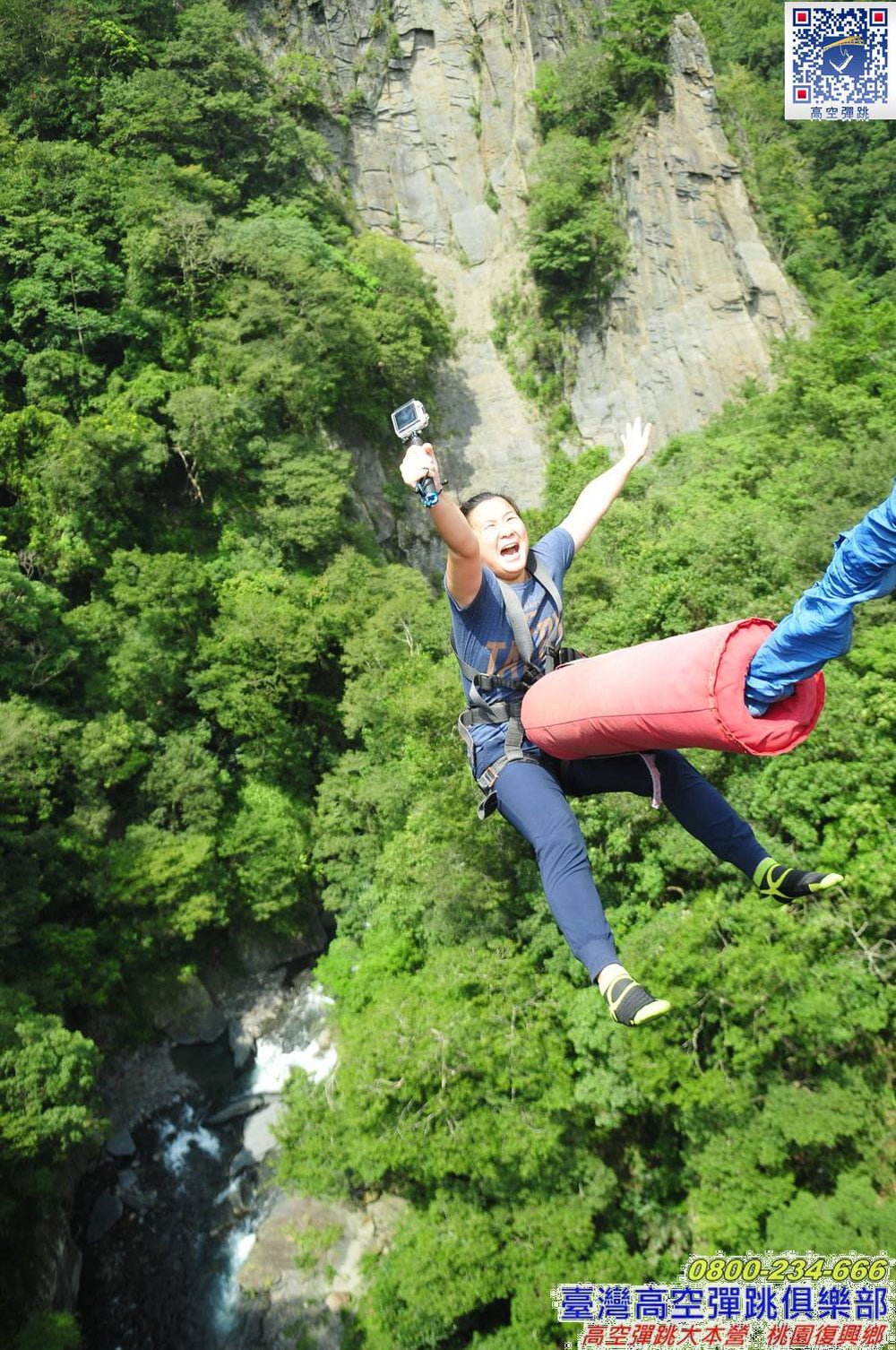




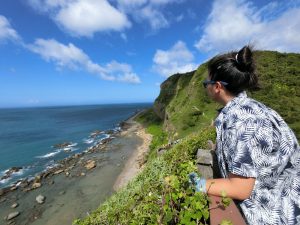
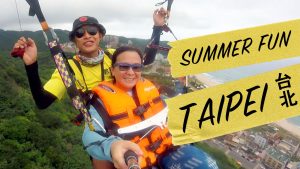
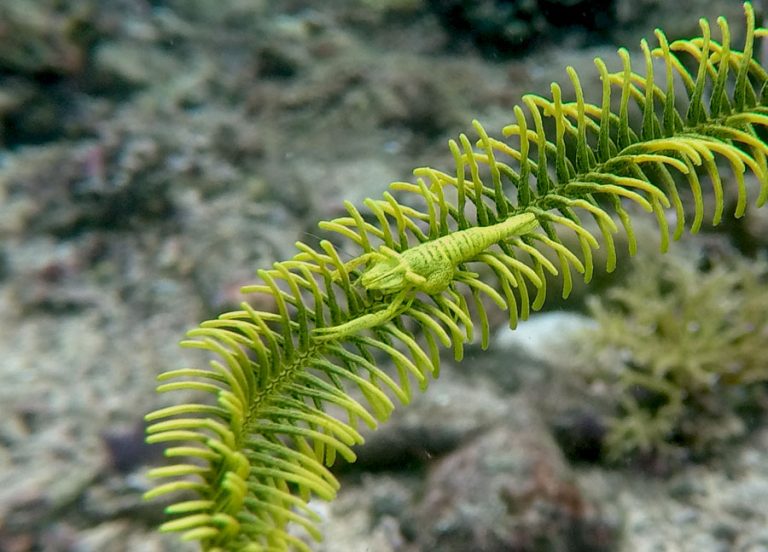


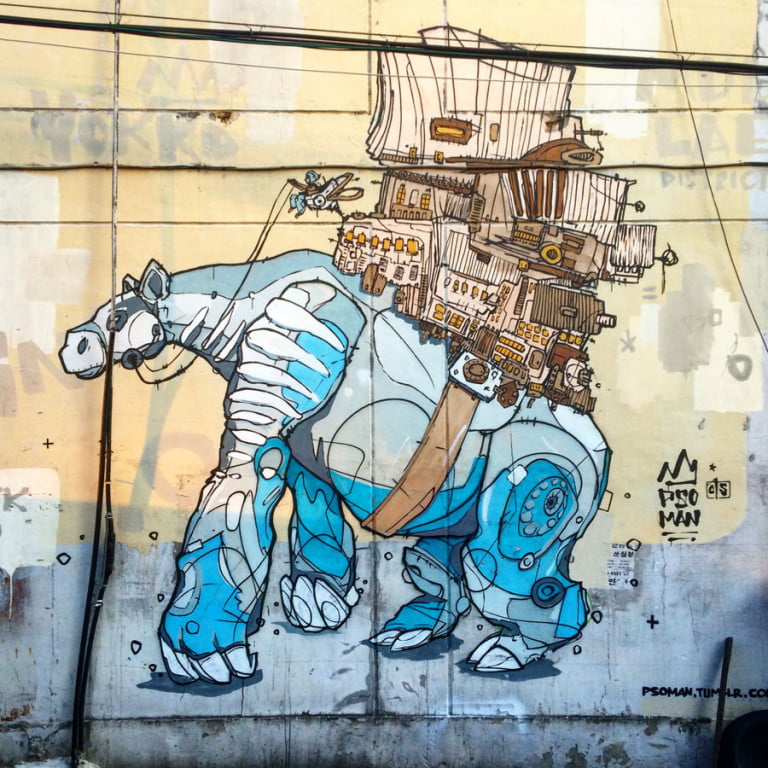
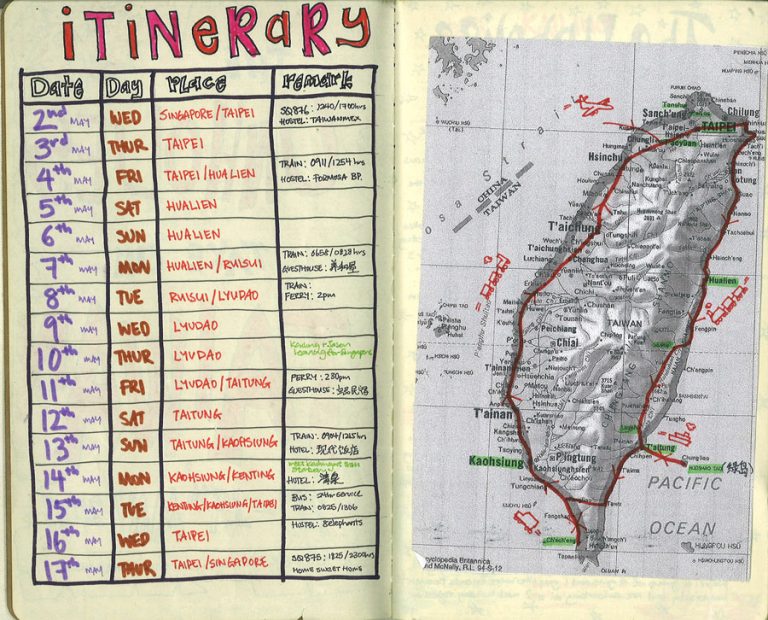
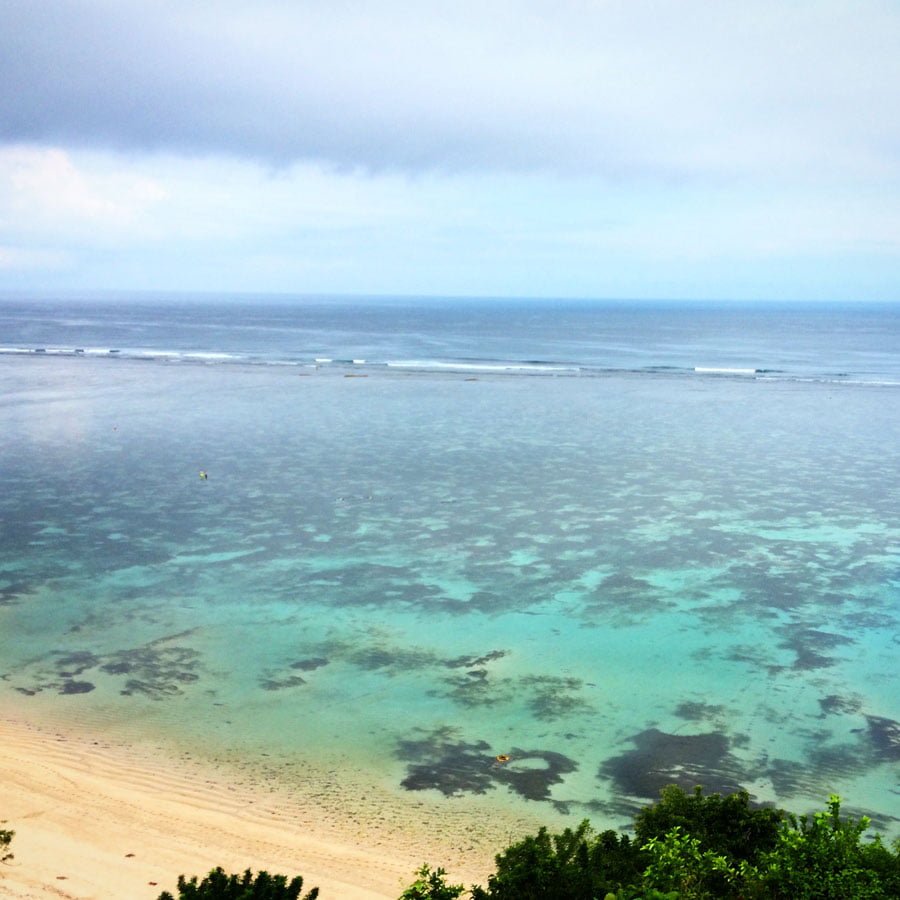
Such a comprehensive guide and looks like a lot of fun – not that I’d be brave enough to jump off a bridge…
That ice cream labrador is crazy detailed too!
I kinda wanna go back and eat the other 2 dogs as well :p
The ice cream dog is amazing!!! I saw it once on Instagram but had no idea where it was from. Taiwan seems to be a hot spot for travel! Must check it out!
Hope you get to visit taiwan soon :)
Really interesting read. I have Taiwan on my bucket list and would love to check these places out! Love the street art
Thanks Carryn! Hope you get the chance to visit soon :)